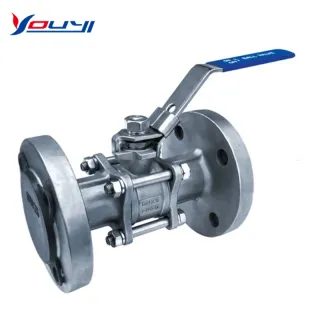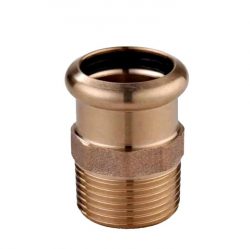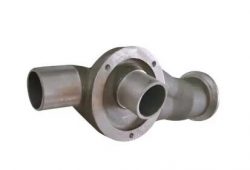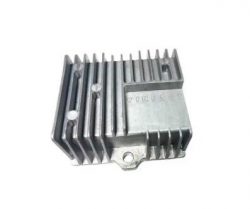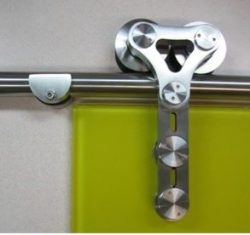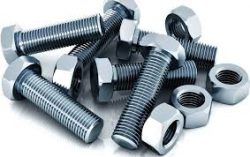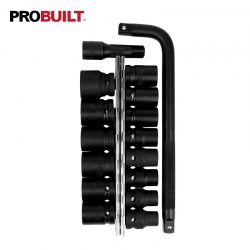Ball Valve vs Globe Valve
The difference between the ball valve and globe valve:
The main difference between a ball valve and a globe valve is the way they close. Ball valves have a horizontally rotating stem and ball and are often referred to as “rotary” valves. Globe valves, however, have a stem and plug that is linearly stroked, so they are also referred to as “stroking” valves.
Ball valves are more effective at forming tight seals and have higher reliability and service life than gate valves, but tend to be more expensive. They are typically used for shutoff and control applications. Because ball valves can be opened and closed immediately, they are more prone to water hammers than gate valves.
How ball valves work
A ball valve is a globe valve that controls the flow of a liquid or gas by means of a rotating ball with an internal bore. By rotating the ball a quarter-turn (90 degrees) about its axis, the medium can flow through or be blocked. They are characterized by their long service life, providing a reliable seal for the life of the valve, even if the valve is not used for a long time. For this reason, they are more suitable for use as globe valves than gate valves.
To understand how a ball valve works, it is important to understand the 5 main components and the 2 different types of operation of a ball valve. These 5 main components can be seen in the ball valve diagram in Figure 2. The stem is attached to the ball and can be operated manually or automatically (electric or pneumatic). The ball is supported and sealed by the seat, which has an O-ring around it. All of this is inside the valve housing. There is a hole in the ball through it. When the stem is turned a quarter turn, the hole either opens the flow of water, allowing the media to flow through or closes, preventing the media from flowing through. The circuit function of the valve, the housing assembly, the ball design, and the type of operation all affect the operation of the ball valve.
